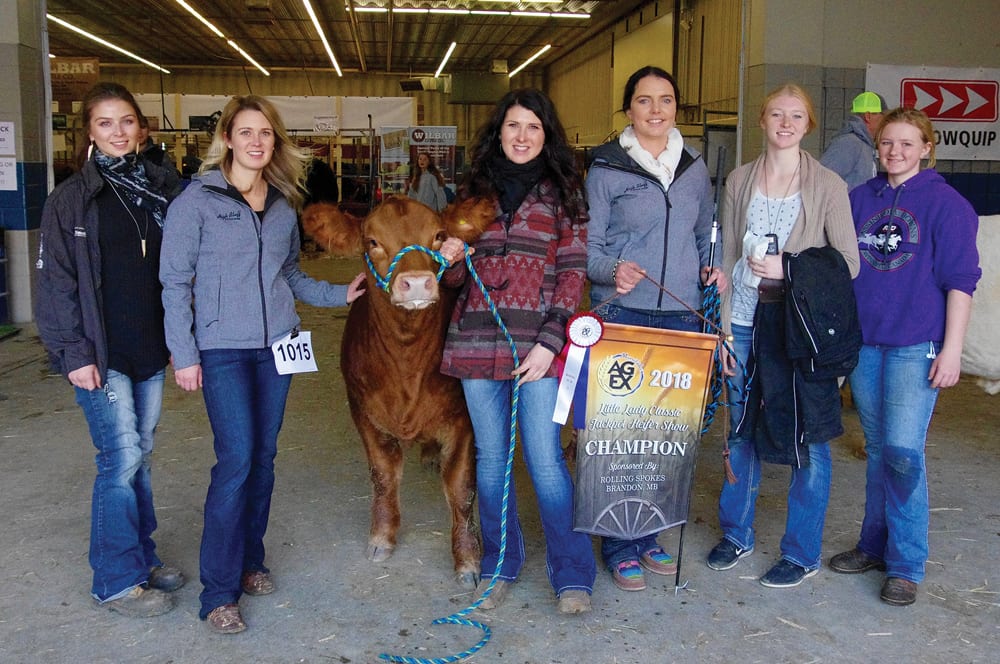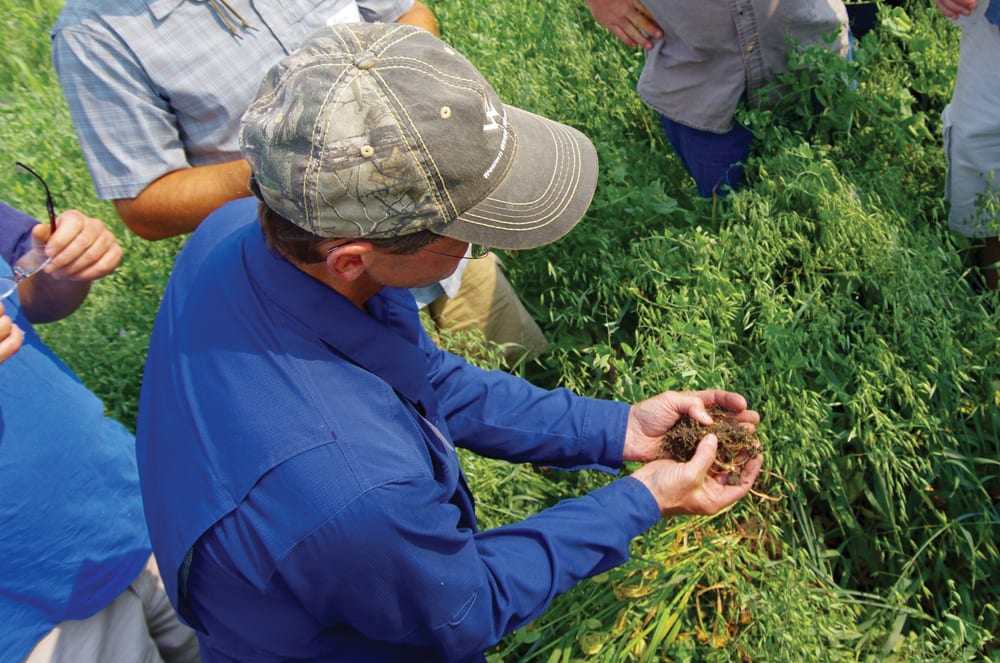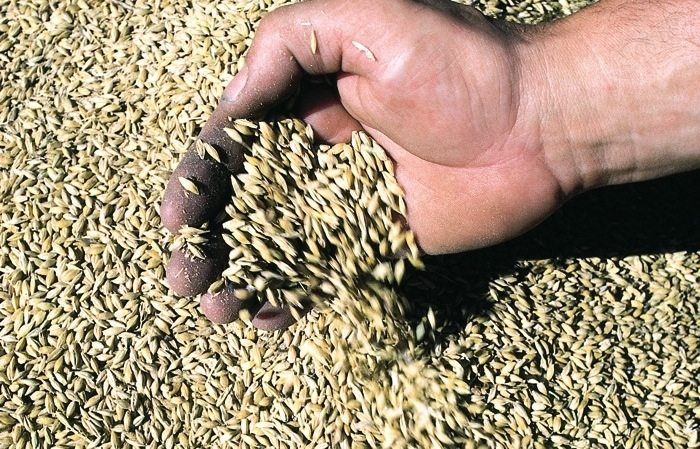Commodity group collaboration and perhaps even mergers, will be discussed at CropConnect this week, led by Fairfax, Man., farmer and consultant Kelly Dobson.
Dobson will be updating farmers Feb. 15 at 12:40 p.m. at the Victoria Hotel and Convention Centre in Winnipeg as well as have a booth at the CropConnect show where farmers give input, he said Feb. 6.
At this point, the Manitoba Wheat and Barley Growers Association (MWBGA) is focused on co-operation, says its president, Fred Greig.
“One of the discussions we hope to have is to make sure every producer is aware of the path of this… ,” Greig said. “We are still not talking mergers. We want everybody to understand that. We don’t want to get too far down this road, if more opportunities present themselves, if that’s not what producers want. We are hoping to get some feedback there.”
Read Also

Still hard to predict precise fertilizer payback
Despite decades of advances, international research finds no clear answer for where and when adding nutrient will fail to boost growth.
The MWBGA has co-operated with the corn growers right from its founding in February 2014, in a bid to keep operating costs down. Rather than hiring its own full-time manager, the MWBGA contracted consultant Brent VanKoughnet to handle management duties while the association assessed options.
Farmers’ views on co-operation versus merging commodity groups varies, Greig said in an interview Feb. 2.
Small commodity groups struggle with limited revenue, which restricts the number of staff and resources. Co-operation between commodity groups can address that, Greig said.
“Most organizations have an agronomist and we don’t have that yet,” he said. “And some have a policy or communications person. So long as producers are supportive, and there is an opportunity that we can maybe, in a similar fashion, use some other organization’s staff as long as everybody is on side. I think for the most part we have heard that they are. But until you ask the question you really don’t know for sure.”
Checkoff fatigue and the possibility of streamlining operations are cited as reasons to merge.
“We are all fearful of checkoff fatigue,” Greig said. “But judging by most groups’ refund requests we are not there yet. But we are all mindful of that.”
Those connected with smaller-acreage crops fear mergers might diminish the resources invested in their crop. And while there’s an argument for economies of scale there’s the risk of ‘empire building’ and bureaucracy.
Long-standing commodity groups with healthy checkoff revenue might not see much need to formally co-operate or merge.
Commodity group collaboration is not a new idea. More than a year ago a consultant helped facilitate discussions on the idea with the MWBGA, Manitoba Corn Growers Association, Manitoba Canola Growers Association, the Manitoba Pulse & Soybean Association and National Sunflower Growers Association.
Greig alluded to those talks during last year’s MWBGA’s annual meeting, as did Manitoba Pulse & Soybean Association then president Kyle Friesen.
“(H)ow long can we sustain the current model of multiple associations providing overlapping representation to the same membership?” Friesen wrote in the association’s annual report.
“I see a great opportunity to improve efficiency of grower levy funds through collaboration, communication and possibly consolidation.”
In early 2013 Halbstadt-area farmer Danny Penner called on Canadian crop growers to form a national association so checkoff dollars for research, policy development and lobbying are used more efficiently and effectively.
“It may not happen from this initiative, but it will happen,” Penner predicted during an interview March 7, 2013. “It has to happen and if it doesn’t happen we’re going to be in trouble because we’re going to lose control of our own industry.”
In addition to co-operating with Manitoba commodity groups, MWBGA is committed to working with its counterparts in Saskatchewan and Alberta to leverage research spending, Greig said.
The Grain Growers of Ontario is an example of provincial commodity groups coming together under one roof. It happened in 2010, and while it wasn’t easy, it was worth it, its chief executive officer Barry Senft said in an interview in 2013.
“It wasn’t without some hiccups, to describe it kindly,” he said.
“I think the bottom line is the producers got to take hold of the process — the grassroots producers.”
While some initially feared their commodity wouldn’t be properly represented, he doesn’t think most would go back to the old system now.
“We went on the basis whatever a commodity needed, whether it was research or market development, that’s where the funds were going to be directed,” Senft said. “It has worked well.”
















